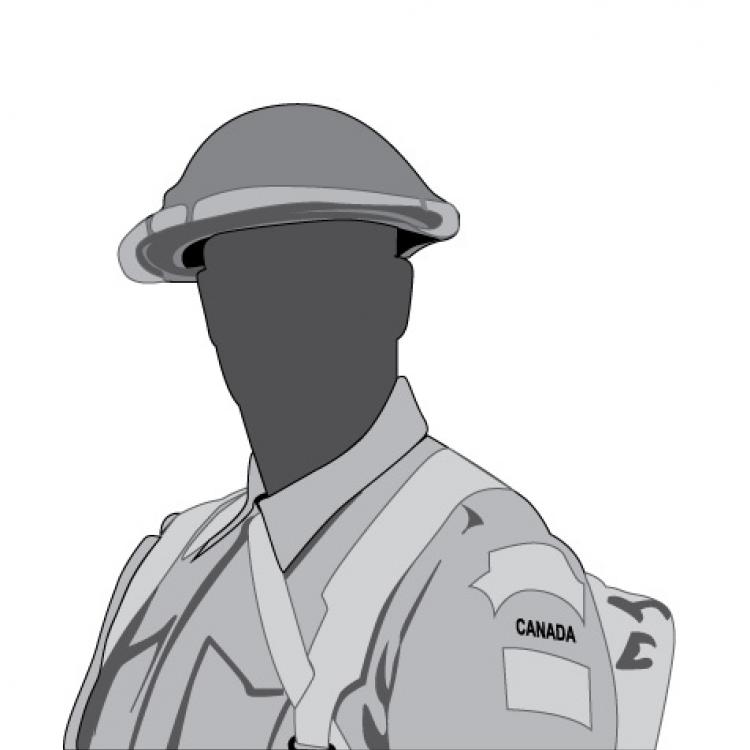LAWSON, Percy Roy
DIVISIONAL UNIT: 3rd Canadian Infantry Division
8th Infantry Brigade
4th Canadian Mounted Rifles - Toronto
Canadian Infantry Corps
SERVICE NO: 401326
RESIDENCE: Clinton - Ontario
DATE OF BIRTH: November 5, 1893
Crediton – Stephen Township - County of Huron - Ontario
DATE OF DEATH: April 9, 1917 23 years 5 months
CEMETERY: Thelus Military Cemetery – Thelus –
Pas de Calais – France
IV F 7
PARENTS: Mr. Thomas Lawson – Detroit – Michigan – U.S.A.
Occupation: Farmer Religion: Wesleyan
Enlistment: August 4, 1915 – Clinton into 33rd Battalion
Enlistment Age: 21 years 8 months
Percy grew up and attended school in Crediton, and grw up with his aunts. At the age of 13 he moved to Detroit, Michigan and grew to manhood. At the age of 21 years and after the call went out for volunteers he responded, returned to Crediton and enlisted in Exeter. He trained in London and in Quebec and went to England in March of 1915. Then in January 1916 he went to the trenches of France and here he distinguished himself and for his bravery was promoted to the rank of Sergeant.
Sergeant Lawson and his men were positioned near Vimy when he was killed in action. The 4th Canadian Mounted Rifles were south of Givenchy-en-Gohelle and Lens.
At 5:30 am the Division barrage began and one minute leter the enemy replied. At 5:32 am the tunnel Sap between Goodman Tunnel and the enemy front lines had been blown. At 5:35 am the infantry began entering the first line.
At 5:42 am the Battalion had entered the enemy support trench and had advanced a good distance beyond the support positions of the enemy. At 5:53 am the men were entering Swischen Trench. By 6:05 am the last wave Flapper Trench and that the enemy artillery had shortened so much it was onto his own front line. At 6:10 am reports from Swischen Trench indicated a heavy enemy shrapnel barrage on Artillrrik Keg and Flapper Trench. Shortly following the Battalion took Swischen, the infantry was still advancing and the machine guns went in Swischen Stellung. At 7:05 Battalion Signallers were in the enemy front lines and by 7:18 am Swischen Stellung was captured. At 7:22 am the enemy front lines had been reached. Fickle Trench was taken and consolidated at 7:35 am. All Companies reported by 7:50 am they were consolidating and that all objectives were reached. Also two Platoons went in Wood to establish a strong point.
“A” Company was now asking for reinforcements as did “C” Company and this was 9 am. The Canadian Field Artillery on the crest of the hill reported the enemy massing for a counter attack at the cross roads. At 9:30 am the enemy began shelling the Brigade lines and there was heavy enemy sniping. By 11 am the Brigade strong points were taking heavy casualties. At 11:15 am Lewis Guns were brought up to new strong points. Three Vickers Guns were brought up and placed in shell holes. At 3 pm the Battalion was taking severe casualties from enemy snipers and enemy machine guns and “D” Company reported they could not hold without taking very drastic casualties. They then withdrew from the strong point.
During the Battle for Vimy (April 9-11) the Battalion casualties were 42 killed, 118 wounded and 18 missing.


